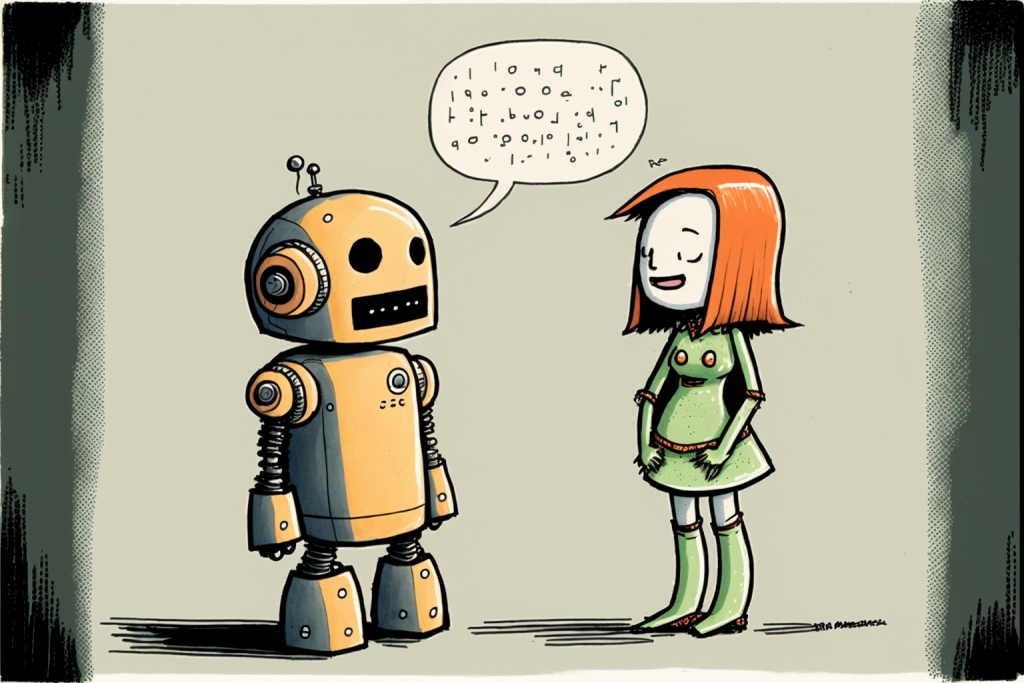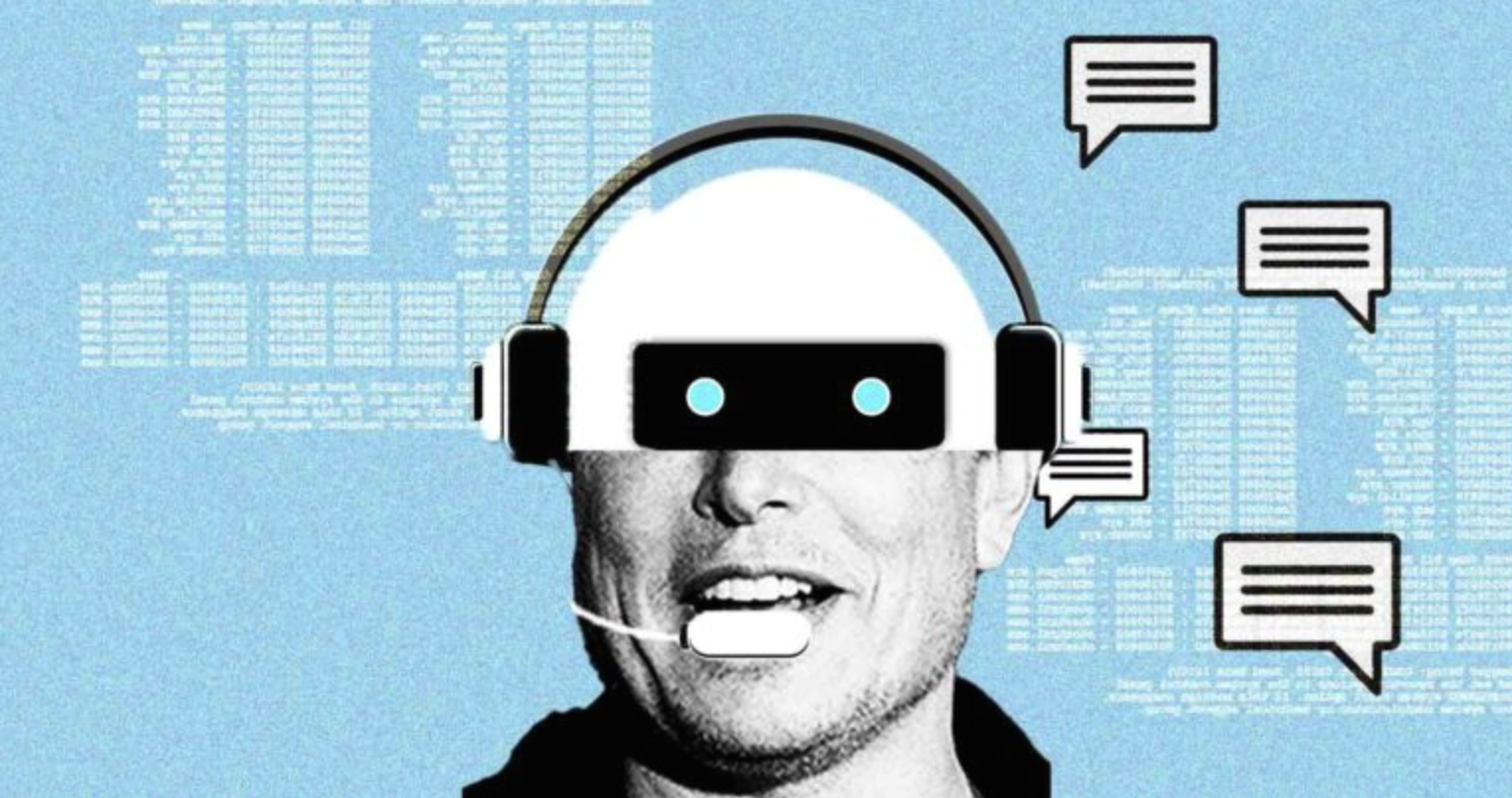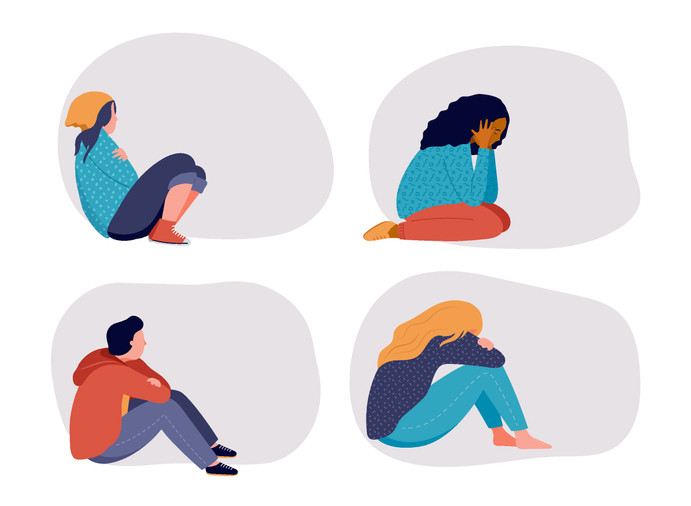Athan Kang (10) | STAFF REPORTER
Can a robot carry on a conversation with a human without being noticed? This question is answered through what is called the Turing test. Initially brought up in 1950 by Alan Turing, this test determines whether or not artificial intelligence (AI) is able to demonstrate human intelligence. In other words, it is a three-person game where an AI uses written communication to convince a human interrogator that it is another person they are talking to.
Although a lot of intelligence systems weren’t able to pass the Turing test, one particular technology stood out from the rest. ChatGPT, developed by OpenAI, is an artificial intelligence chatbot that is publicly accessible on the internet. The user would essentially ask any question and the robot would respond with a variety of answers ranging from simple one-sentence explanations to entire essays, replicating an organic, human conversation.

Of course, since this resource is openly available, there are many ways people would use this computer generated double-edged sword. Some people may use it as an alternative to using Google because with the click of a button, ChatGPT is able to gather and present information to its user in record time. On the other hand, there are others who may use it as a method to plagiarize their schoolwork undetected.
As today’s tests are slowly being typed instead of written, the potential amount of cheating is prone to increasing with the introduction of ChatGPT. Since the OpenAI creation is able to generate original answers, students can take these AI-generated works and submit it to their teachers, claiming that it is their own work. The same goes with digital tests, as students can receive instant answers to their test questions with this digital powerhouse.
ChatGPT has earned its place in the minds of students and the education system. Even though schools cannot completely stop or detect students using this AI, some schools have taken action to limit the number of users by blocking it on school networks and devices. Additionally, schools may even be forced to revert to the classic pen and paper assessments to stop artificial answers from showing up on students’ papers.
In the end, ChatGPT contains various implications for the future of technology. The quality of education may dwindle as students become more reliant on this tool for almost all their schoolwork, defeating the paramount purpose of receiving an education. Furthermore, this robot can even affect businesses and potentially threaten people’s jobs as ChatGPT can probably complete jobs faster and more efficiently than a typical employee. This powerful form of artificial intelligence has the capabilities of revolutionizing the world of AI, as well as breaking bad within today’s digital society.



